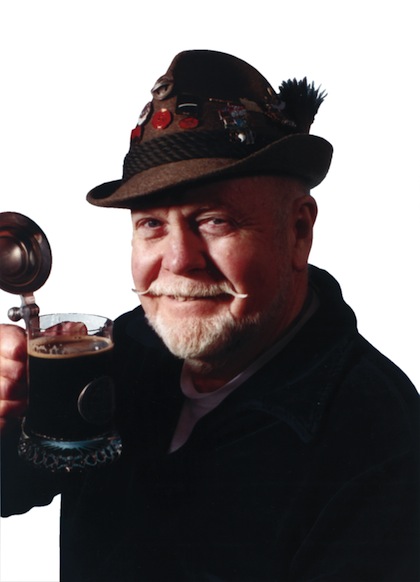The world has been blessed with a proliferation of new beer varieties. Robert Wahl and Max Henius presented the 19th century’s beer list in their masterpiece, the two volume American Handy Book of Brewing and Malting, published in 1908. There, they outlined about 17 beer styles that were then being brewed in this country, in England and in Central Europe, along with excellent descriptions of brewing techniques for reproducing them. There was also a short discourse on Belgian spontaneous beers (mars, faro and lambic).
What beer should a populist brewer brew? If they want their customers to tell friends about their “great beer,” these brewers should get busy.

Michael Jackson’s great book, World Guide to Beer (1976), described about 24 beer styles from across the world, along with good information as to where and how most of them were being brewed at that time, in the world’s great beer-making countries.
Presently there are over 80 styles (with maybe a hundred variants) presented by the Great American Beer Festival people and the Beer Judge Certification Program for homebrewers. There seem to be many more probabilities on the horizon.
Obviously, the old 1516 Reinheitsgebot, with only four ingredients allowed, is no longer satisfactory. We need to go back 5000 years to the Chinese Reinheitsgebot, Di, Huo, Qi, and Shui, the four primal elements of the universe: Earth, Fire, Air and Water—earth representing everything, but especially everything that grows; fire to make it work; air, as in spirit, from the yeast; and water as a home for it all.
For the Twenty-First Century
As I see it, there are a great number of probabilities for this 21st century, and we can see them at the marketplace already. What beer should a populist brewer brew? If they want their customers to tell friends about their “great beer,” these brewers should get busy.
Fresh Hops
First, and maybe best of the lot, is the ever more popular and annual “fresh hop” or “harvest” beers being brewed by an increasing number of brewers across the country. This beer style was probably invented by Bert Grant at his Yakima, WA, brewery. He called it a “beer-jolais nouveau.” This beer type has been compared favorably with Nouveau wines, those early season delights that titillate wine enthusiasts. This year has seen near critical mass of fresh hop brews in production across America.
The New Imperials
There is also a grand tendency to brew outrageous beers in the so-called “Imperial” department: “Imperial,” as in too strong, too hoppy, too weird and too much. Or is it not enough? Can a beer really have too much alcohol, too many hops,









